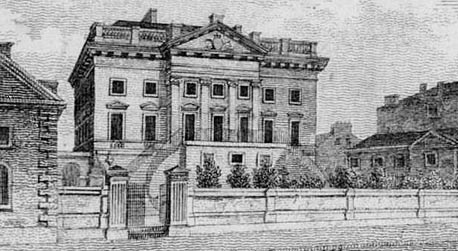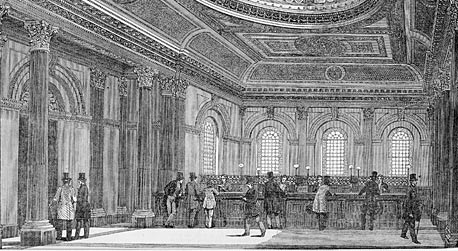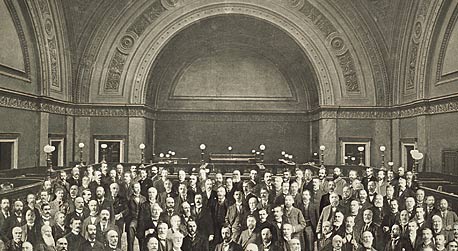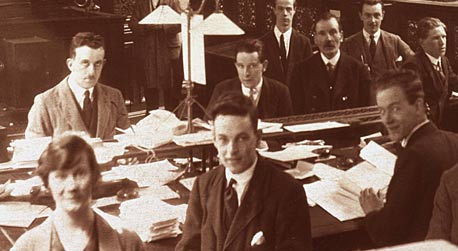1780-1820

The Royal Bank of Scotland's Glasgow branch in the early 19th century
The Royal Bank of Scotland's Glasgow branch in the early 19th century
Until 1783 the Royal Bank of Scotland traded only from Edinburgh, but in that year it opened its first branch-office, in the fast-growing city of Glasgow. Already a major port city, Glasgow was poised to become a key centre of manufacturing too. The Royal Bank’s new branch helped to provide the finance needed by businesses to maintain trade and fund capital investments. Within two decades, the Glasgow branch was conducting more business than head office in Edinburgh.
In other cities, too, the industrial revolution was transforming trade, business and ordinary life for thousands of people. Industrial cities began to grow, fuelled by local banks that eventually became part of our banking family, such as Heywood Brothers of Manchester and Sheffield & Rotherham Bank. Among their customers were many important local entrepreneurs, including inventors and cotton spinners like Richard Arkwright and Robert Owen.
New banks were being founded in towns and cities all over England and Wales. Under the terms of the Bank of England’s continuing monopoly, they were limited to no more than six owning partners, usually local businessmen. This made them much more vulnerable in difficult times than Scotland’s big shareholder-owned banks, particularly because the partners were often in the same industry as each other. The economy was volatile in this period, with many slumps as well as booms, and although some partnership-banks weathered these storms and survived for generations, others existed for only a few years before collapsing.









